Quick Links
Second Year Courses
The second year classes start with a one night course on union organizing and its importance. Next are 2 courses, Street Light and Traffic Construction, the basis for much of our work. The student uses the basic principles of electricity and use of the meter and other material introduced to them in the first year, and applies it to these classes which are very hands-on building, testing, and troubleshooting street lighting and traffic systems. Digger Derrick and Traffic B are also in this year.
Digger Derrick
Course Description –
Digger Derricks are an integral part of local 9, from moving material and equipment to installing and removing structures. In the Digger Derrick training course we not only instruct how to safely operate diggers, but also how to perform our work duties efficiently as a team making sure every member has the confidence and knowledge in any situation or role they may come across in their career as a local 9 Lineman. During this course students will receive the training to interpret and understand load charts, calculate basic pick plans, and the basics of digger operator functions as well understanding the groundman roles when working with an operator using the Digger Derrick.
Traffic B
Course Description
Continuing from Traffic I, more terminology is introduced, and further print reading utilizing actual city and state prints. Solid-state controllers are the main subject, including phasing, back panel set up, power supplies, load switches, flash transfer relays, and the various conflict monitors and how they interact with the control panel. Various solid-state traffic controllers are worked on, including the setup of a miniature traffic corner on a board with working traffic signal lights that the student programs through the controller. Traffic A is a prerequisite.
Construction Organizing Membership Educational Training (COMET)
Course Description –
The IBEW requests all local unions to offer this informational training to its members.
Taught by one of our Assistant Business Managers, the top 10 reasons for being a member of a work union is the first topic. Statistics on the growing number of non-union shops and how they affect the workforce and standards of the work being done is discussed. The reasons for and the importance of increasing the share of union workers shows how important organizing is. It is emphasized that it is each individual union member’s responsibility to do what they can to increase union membership.
Street Lighting (STL)
Course Description –
A comprehensive course in the construction and maintenance of street lights, most of the class is building and troubleshooting a street light system in the yard. The student is first introduced to blue print reading as it relates to street light construction. Using this knowledge, they then go out in the yard and install some temporary lighting in the yard.
Next, they learn how to identify different fixtures, wire them and do the wiring in the poles and control cabinet. They are shown proper procedures for constructing street light foundations, raceways, and techniques for pulling wire.
They build a whole street light circuit complete with poles, fixtures, wiring, control cabinet, and test their system. Then troubleshooting procedures and problems are discussed, and then they have to go find and repair circuit trouble put into their systems.
The course is concluded with a written and hands-on practical final.
Traffic Construction (TRF)
Course Description –
This course is mostly spent in the yard doing hands-on constructing, turning on, troubleshooting and repairing traffic equipment, both as temporary and permanent simulated corners.
First the student is introduced to terminology and blue print reading. Then they go right out and construct a temp corner, including discussion of setting wood poles, and the assembly and lashing of the cable, and proper placement of the traffic signals.
Next they are introduced to the traffic control cabinet and its components, and do hands-on learning by wiring the cabinets.
After discussion of foundations, hand-holes, and conduit and ducts, they proceed to build a “permanent” corner with proper techniques for setting standards, banding, astro-bracket installation, aligning heads.
While doing this, they are encouraged to troubleshoot and repair any circuit or construction problems as they happen. The instructors are also sure to put in some trouble to challenge and encourage the students to be well rounded in construction and maintenance aspects of the job.
The class ends with a written and practical test on all material.

